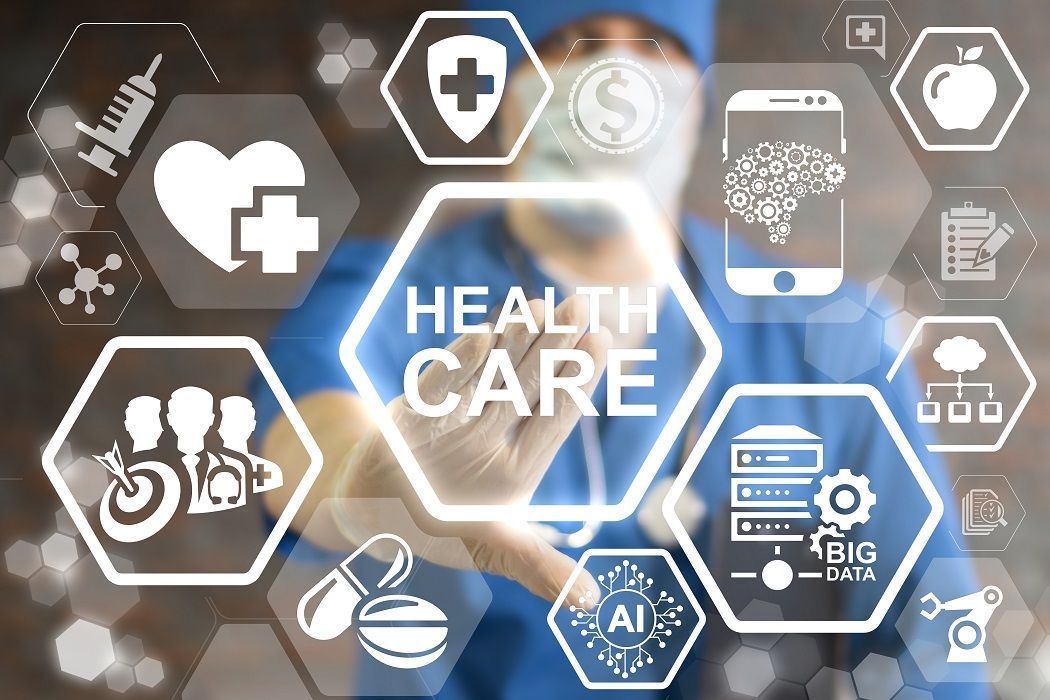Discover How Healthcare RCM Processes Transform Administrative Tasks Into Seamless Procedures
In the ever-evolving landscape of medical care, Profits Cycle Administration (RCM) processes have actually become a crucial pressure in transforming management jobs into seamless operations. By harnessing innovative innovation and fine-tuned methodologies, RCM supplies an advanced approach to taking care of patient registration, invoicing, and declares handling. These advancements not only reduce mistakes and enhance effectiveness yet additionally speed up capital and boost client complete satisfaction. Nonetheless, what lies under the surface area of this transformative shift? What intricate devices and techniques are used to guarantee such smooth integration? The responses to these questions are important for comprehending the future of health care management.
Comprehending Medical Care RCM
Earnings Cycle Management (RCM) in healthcare is a vital procedure that ensures the financial health of medical establishments by overseeing the entire lifecycle of patient service income. It incorporates different administrative and scientific functions, beginning from the first organizing of a clinical visit to the ultimate collection of payment for solutions provided. Healthcare RCM. RCM is pivotal in managing the complexities of payment and reimbursements, guaranteeing that healthcare suppliers get payment for their services efficiently and accurately
A comprehensive understanding of RCM entails recognizing the multiple parts that make it effective. Key aspects include patient organizing, insurance coverage verification, charge capture, claim entry, and repayment posting. Each of these elements needs thorough interest to detail and robust systems to mitigate mistakes that might lead to earnings loss. Furthermore, RCM is not solely concerning financial collections; it additionally intends to improve patient satisfaction by decreasing billing mistakes and enhancing openness.
The effectiveness of RCM rests upon the smooth integration of modern technology and human resource competence. Employing innovative software application solutions allows medical care institutions to automate repeated tasks, thus lowering management burdens. Additionally, skilled employees are important in navigating governing demands and payer plans, making certain conformity and optimizing profits recovery.
Improving Client Enrollment
Simplifying patient enrollment is an essential action in improving the efficiency of health care revenue cycle administration. It includes optimizing the initial interaction in between patients and health care suppliers to make certain a smooth information collection procedure. Trick elements consist of the accurate capture of person demographics, insurance coverage verification, and authorization purchase. By digitizing these procedures via incorporated electronic health documents (EHR) systems, healthcare facilities can reduce mistakes, decrease documentation, and accelerate person throughput (Healthcare RCM).
Automated systems aid in confirming insurance policy qualification in real-time, which not only reduces management burdens yet additionally improves patient satisfaction by protecting against unforeseen billing concerns. Furthermore, pre-registration procedures permit patients to total types online prior to their visit, reducing delay times and allowing staff to concentrate on more complicated tasks. This aggressive technique ensures that all essential info is collected and validated before care is given, therefore stopping hold-ups in subsequent invoicing and claims procedures.
Training staff to make use of these systems effectively is important. It guarantees that information access is accurate and constant, cultivating a seamless shift from person enrollment to various other earnings cycle processes. Eventually, simplifying client enrollment lays the structure for an extra efficient, patient-centered healthcare distribution version.
Efficient Billing Solutions
Efficient payment services are important to optimizing healthcare income cycle management. They act as the backbone for guaranteeing prompt and precise monetary purchases between clients, health care service providers, and insurer. By leveraging advanced innovation and structured processes, health care facilities can substantially lower payment mistakes, lessen hold-ups, and enhance money flow. Applying robust payment systems promotes specific cost capture, making certain all services made are accounted for and billed correctly. Automation devices can reconcile invoicing data with clinical documents, minimizing inconsistencies and preventing claim rejections.
Moreover, efficient invoicing solutions equip health care companies to offer transparent rates and invoicing info to patients, promoting trust and enhancing patient contentment. Real-time billing systems make it possible for health care team to give immediate feedback on patient eligibility and out-of-pocket expenses, enhancing the general client experience. These solutions likewise permit seamless integration with digital wellness records (EHR), making certain that billing and professional info remain in sync, lowering administrative concerns on medical care carriers.
Incorporating efficient invoicing solutions right into the earnings cycle management framework not only enhances functional performance but also enhances monetary performance. By decreasing errors, speeding up payment cycles, and boosting person interaction, healthcare organizations can concentrate extra on delivering quality care while maintaining financial sustainability.
Enhancing Insurance Claims Handling

In the realm of medical care earnings cycle monitoring, maximizing cases handling is essential for maintaining economic health and functional performance. A structured insurance claims process reduces the time between service delivery and settlement, therefore boosting cash flow and lowering the possibility of errors. Effective cases my latest blog post processing begins with exact documents and coding, which are important to ensure that claims are sent without inconsistencies that might lead to delays or rejections.
Leveraging sophisticated technology, such as automated claims management systems, can considerably enhance the performance of this process. These systems are designed to automate repetitive jobs, track claims via each stage, and flag potential concerns early. This not only lowers the administrative burden on personnel but additionally enhances the precision of submissions by minimizing human mistake.

Enhancing Income Collection

Moreover, denial administration plays a crucial duty in making best use of profits collection. Determining patterns in insurance claim rejections, comprehending source, and implementing rehabilitative activities can considerably lower repeating concerns, thus improving capital. Suppliers should buy durable analytics tools that promote detailed reporting and analysis, permitting them to deal with and fix rejection patterns promptly.
Prompt follow-up on superior insurance claims is one more essential aspect of earnings collection. Establishing a methodical technique to check and pursue aged accounts makes certain that no income is left unclaimed. Utilizing committed team or automated systems to track these claims can improve efficiency and guarantee constant money inflows.
Verdict
Health Care Earnings Cycle Monitoring (RCM) procedures dramatically boost administrative efficiency by integrating advanced technology and human competence (Healthcare RCM). The automation of individual enrollment, invoicing, and declares processing decreases errors and accelerates capital, ultimately boosting patient complete satisfaction through real-time insurance confirmation and clear invoicing. By making certain smooth operational circulation, RCM permits doctor to focus on top quality care while making best use of earnings healing and preserving monetary stability, hence transforming management tasks into efficient, structured operations
Revenue Cycle Administration (RCM) in healthcare is an important process that makes certain the financial health and wellness of medical institutions by overseeing the whole lifecycle of patient service profits.Improving person registration is a fundamental action in improving the efficiency of medical care income cycle administration. visit our website It includes maximizing the initial communication between clients and health care companies to ensure a smooth data collection procedure.Furthermore, effective invoicing services encourage healthcare suppliers to offer transparent pricing and payment details to clients, promoting trust fund and improving individual fulfillment. Real-time payment systems enable healthcare personnel to supply instant responses on patient eligibility and out-of-pocket expenses, improving the total person experience.